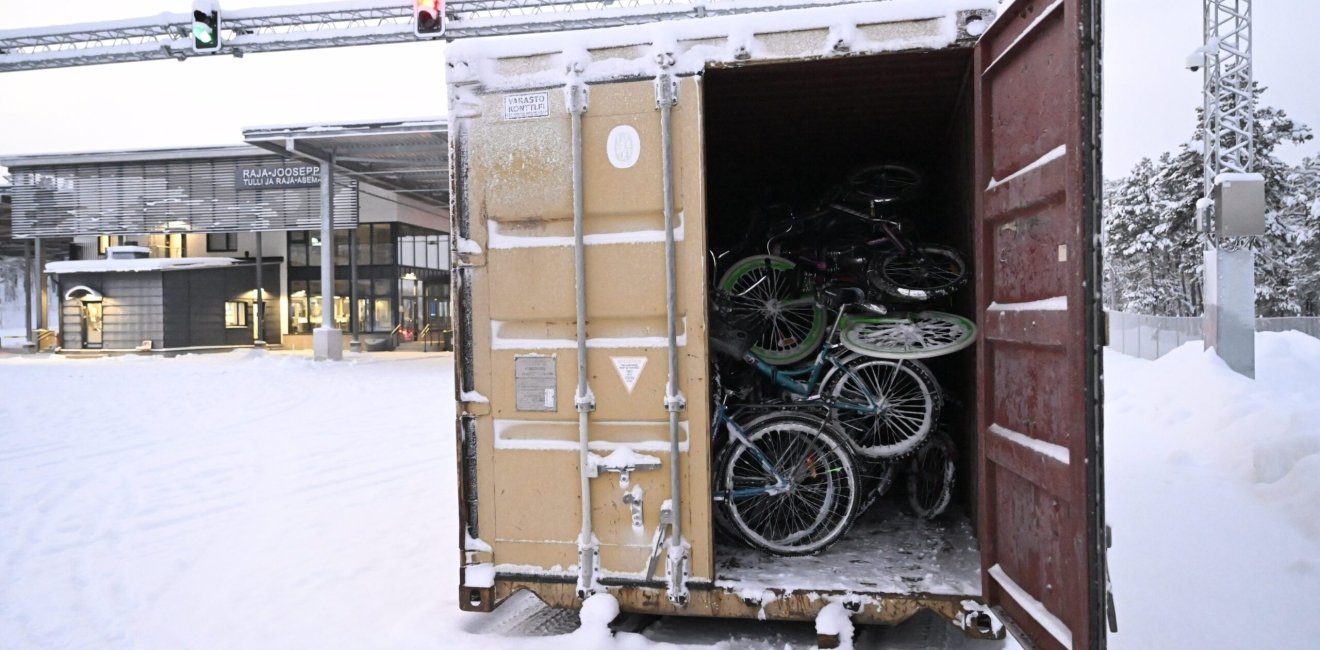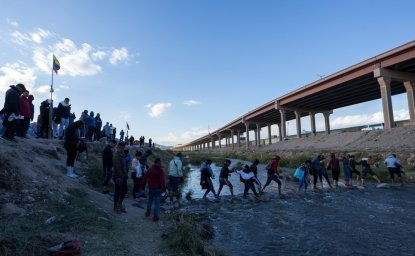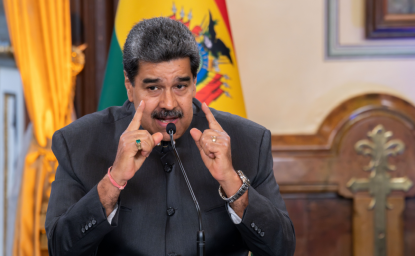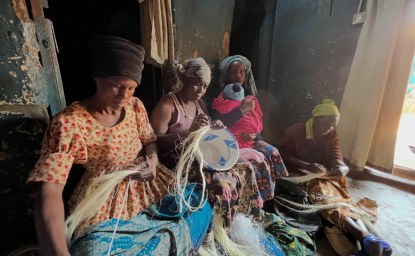After Finland joined NATO in the spring of 2023--a decision which was not received well by the Kremlin–Russia vowed to take counter-measures. This fall, it seems they are indeed delivering on this promise. During the month of November there was a notable increase in migrants arriving from Russia to Finland’s eastern border. It quickly became clear this new migration trend was orchestrated by Russian authorities, or at the very least not stopped by them. This is taking place only one month after critical undersea infrastructure was damaged in the Baltic Sea, where a Chinese shipping vessel is the main suspect, but Russian involvement has not been ruled out.
The sudden increase of the number of migrants lacking adequate documentation crossing the border to Finland is significant. Out of the 1022 asylum applications Finland has received during the entirety of 2023, 913 were received during the month of November. The migrants who have applied for asylum during the recent month are third country nationals, mostly arriving from Iraq, Syria, Yemen, and Somalia. Many aspects of the pattern in which the migrants are arriving to the Finnish border shows the orchestrated manner in which Russia is using these migrants, from transporting them in government vehicles to handing them bikes to be able to pass through checkpoints, as a means to disrupt Finnish national security.
As all signs pointed to an orchestrated migrant crisis, the Finnish government rapidly decided to close the four southernmost (and busiest) border crossings. A decision which, as suspected, only pushed the migrants further north, and the usually very quiet border crossings in the Arctic parts of Finland started to receive asylum seekers. This led to the closing of all but one border crossing, and after the government received a green light from the country’s attorney general, the entire eastern land border closed (except one railway crossing which is only open for cargo traffic) on November 30 for a period of at least two weeks.
This is a historic decision. The last time Finland closed its eastern border was during the Continuation War between Finland and Russia in 1944. The Estonian Ambassador to Finland, Sven Sakkov, has called this a turning point for Finland, which has previously taken a cautious approach in its decisions concerning Russia. Finland’s President Sauli Niinistö, stated that the surge of migrants might be a response to Finland’s recent signing of a defense cooperation agreement with the United States. The Kremlin is naturally not pleased with Finland’s actions, calling the decision to close the border “irrational”.
Part of a larger issue in Europe
Unfortunately, this is not the first time when the EU’s eastern border has received large groups of migrants as part of an orchestrated attack. In 2021, thousands of migrants from third countries started arriving at the border between Poland and Belarus, Russia’s close ally. The pattern is the same - migrants are granted short term visas to Belarus or Russia and upon arrival they are transported to the EU border. The Belarusian migrant crisis is still ongoing, with hundreds of migrants reported to be stuck between the border of Belarus and Poland to this day. So Finland acted rapidly to avoid this type of escalation.
Ursula von der Leyen, President of the European Commission, has expressed her gratitude towards Finland for protecting the European border and called Russia’s instrumentalisation of migrants shameful. The European Commissioner for Home Affairs, Ylva Johansson, has further stressed that the situation at the Finnish border is a concern for the EU as a part of its external border. Frontex, the European Border and Coast Guard Agency, has reportedly deployed 50 border guards and other staff along with equipment such as patrol cars to Finland to help with the situation at the border. Individual countries, like Poland, have also expressed their support and willingness to help. The supplemental Frontex staff is scheduled to remain in Finland until the end of January, and Finnish officials have stated that Finland is prepared to ask for additional assistance if the situation at the border is prolonged.
Finland’s neighbors that also share a land border with Russia are on alert for possible ”overspill” to their border crossings, which are still open. The Estonian Ministry of Foreign Affairs have advised its residents to completely avoid traveling to Russia as they are prepared to close their border on short notice. Latvia and Lithuania have stated that they are monitoring the situation closely, and are prepared to react if needed. Norway, which also shares a land border with Russia in the far north, has stated that it is ready to close its border on short notice, if needed. For now, the situation at these border crossings seems to remain calm.
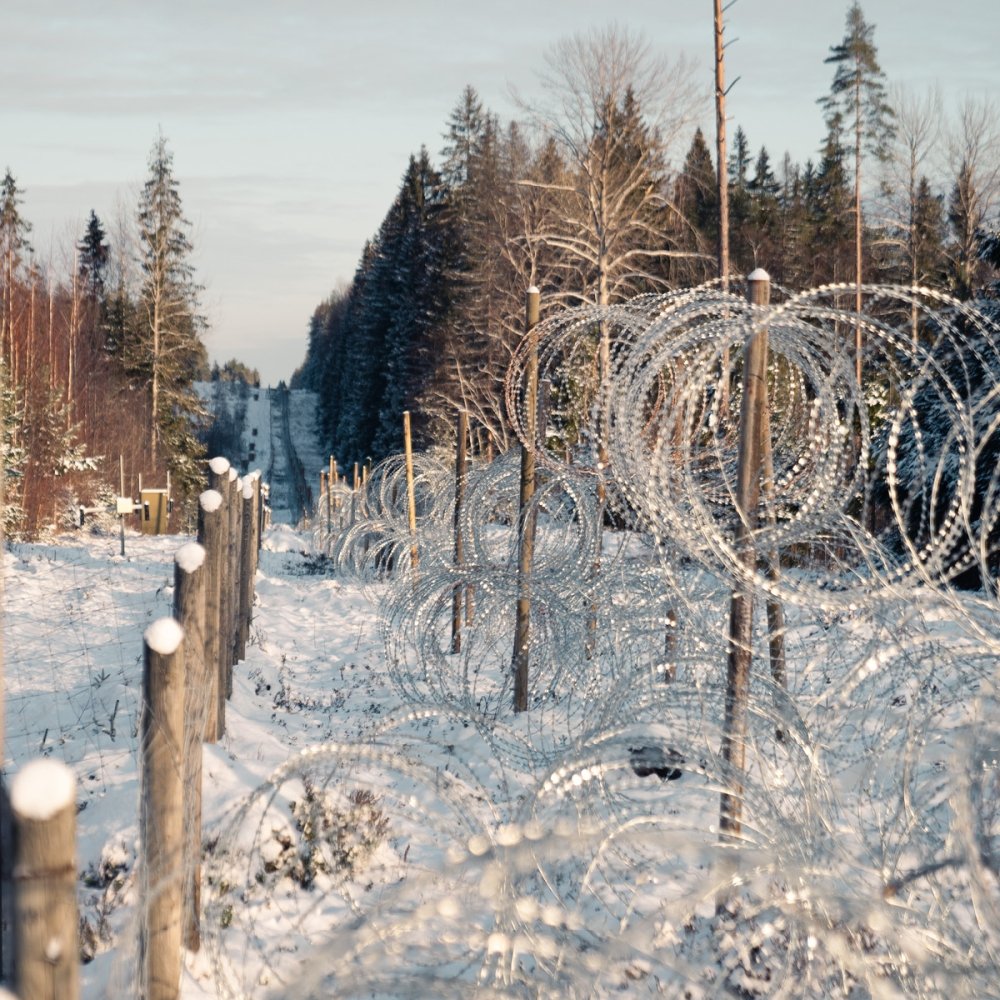
Human rights implications
The complete closing of Finland’s eastern land border is a drastic measure. By taking the decision, Finland has concentrated all asylum seekers to airports and harbors. This raises questions on how Finland is de facto safeguarding access to asylum seekers. Migrants in practice need proper documentation in order to board a flight or a ship, which asylum seekers usually do not have. This makes it more or less impossible to legally reach airports and harbors. The government has so far not commented further on how the right to seek asylum is in practice ensured during the time when the eastern border is closed.
This silence has not gone unnoticed. Dunja Mijatović, the Council of Europe’s Commissioner for Human Rights, has sent a letter to Finland’s Minister of the Interior Mari Rantanen asking for clarification on how the right to seek asylum is ensured despite the border closure. In the letter Mijatović reminds Finland that even when dealing with issues of national security, a member state of the Council of Europe must follow its obligations set out by international human rights and refugee law.
In relation to the border closure, Rantanen has, in a letter addressed to the EU Commission, suggested that the EU should pass legislation which would allow for a pause in receiving asylum seekers when a member state is subject to an influx in asylum seekers orchestrated by another state. While the EU has the mandate to regulate and has extensive regulation regarding migration and asylum seekers, this suggestion would, according to human rights experts, entail a breach of the UN Refugee Convention.
As another consequence of the border closing, hundreds of migrants who are stuck on the Russian side have been arrested and are either facing deportation or being coerced to sign contracts for army service in the war against Ukraine. Deporting migrants who might face torture, cruel or other inhumane treatment in their origin countries is a violation of the non-refoulement principle. Russia is violating long-standing human rights norms by utilizing migrants in vulnerable positions for its own political ends. It highlights the importance of states following their international obligations regarding human rights and ensuring de facto access to asylum seekers.
Conclusion
Similarly to rapid actions taken to ensure data transfer and energy supplies after critical undersea infrastructure was damaged in the Gulf of Finland earlier this fall, the current situation shows that Finland is able to react fast when faced with a broad range of threats to its national security. Authorities quickly realized the state involvement by Russia in the influx of asylum seekers arriving at the border and were able to act rapidly to put an end to it. The closing of the border was possible due to a recent amendment of the Finnish Border Guard Act, which was passed in 2022. While this amendment is, as the current crisis has now proven, an effective tool in combating threats to national security by putting a quick end to Russia’s weaponized use of migrants against Finland, further consideration is needed regarding how to implement it in a manner which safeguards the right to seek asylum.
As Finland has, through its recent accession to NATO and deepened defense collaboration with the US, taken steps away from its neutral policy with its eastern neighbor, it is now finding itself in another tricky situation where it has to balance defending itself from an increasingly hostile Russia with following the vast set of international obligations on human rights and the treatment of asylum seekers.
Author


Global Europe Program
The Global Europe Program is focused on Europe’s capabilities, and how it engages on critical global issues. We investigate European approaches to critical global issues. We examine Europe’s relations with Russia and Eurasia, China and the Indo-Pacific, the Middle East and Africa. Our initiatives include “Ukraine in Europe”—an examination of what it will take to make Ukraine’s European future a reality. But we also examine the role of NATO, the European Union and the OSCE, Europe’s energy security, transatlantic trade disputes, and challenges to democracy. The Global Europe Program’s staff, scholars-in-residence, and Global Fellows participate in seminars, policy study groups, and international conferences to provide analytical recommendations to policy makers and the media. Read more



